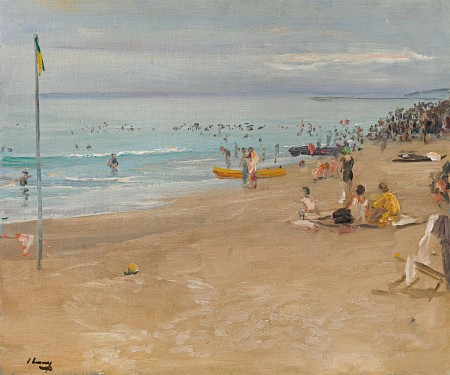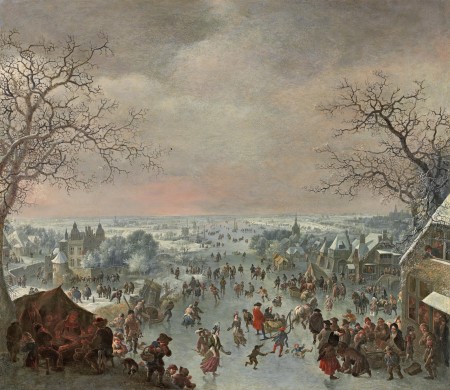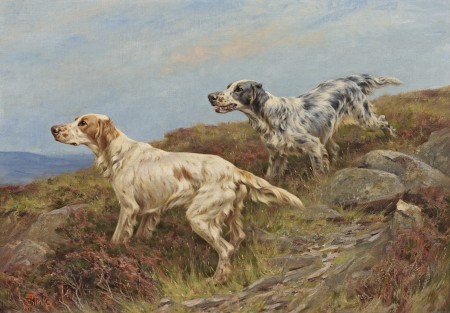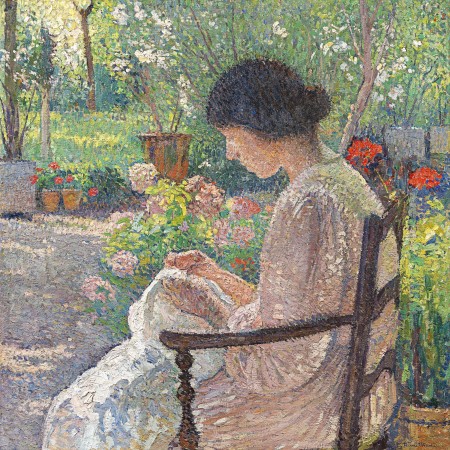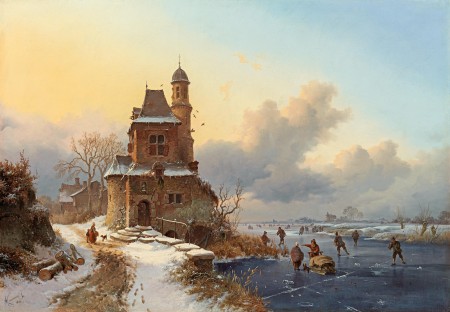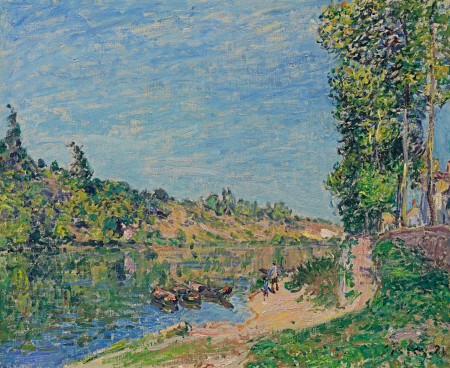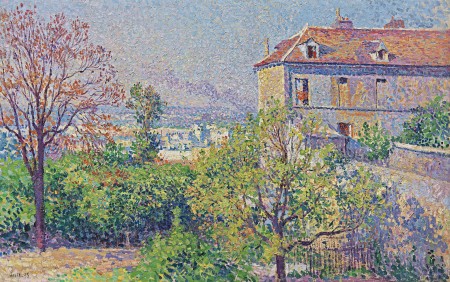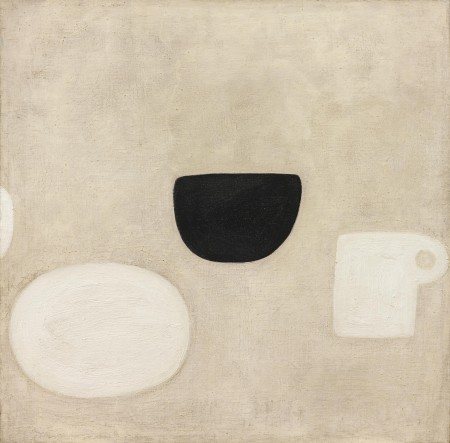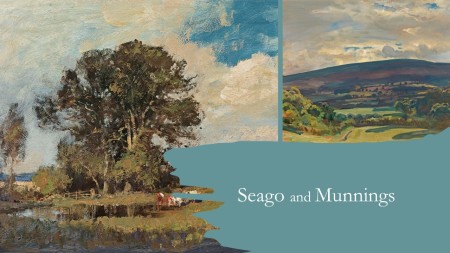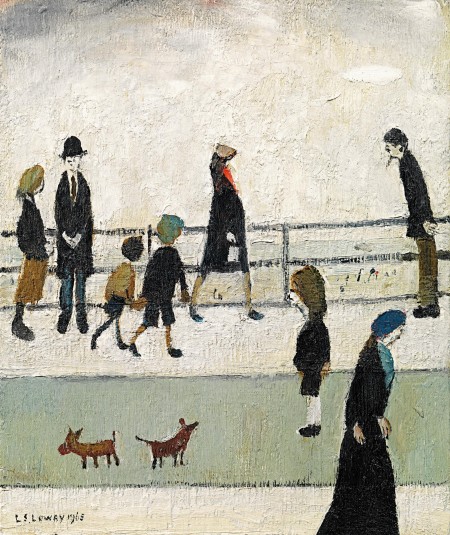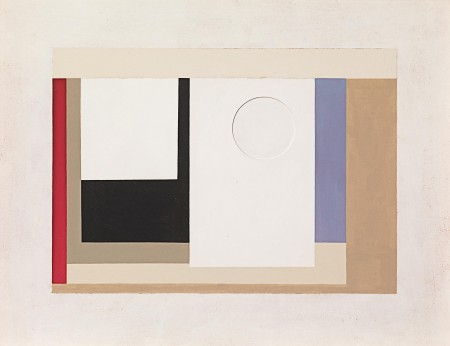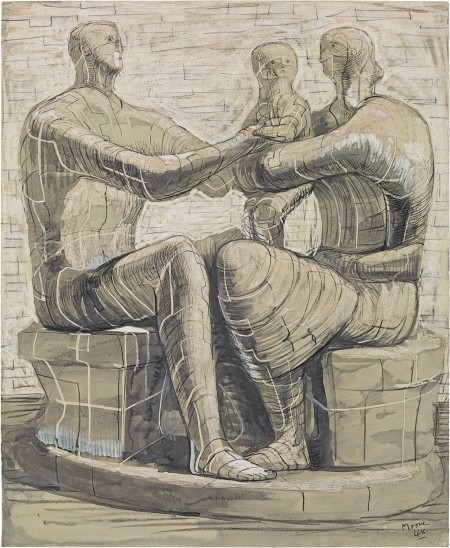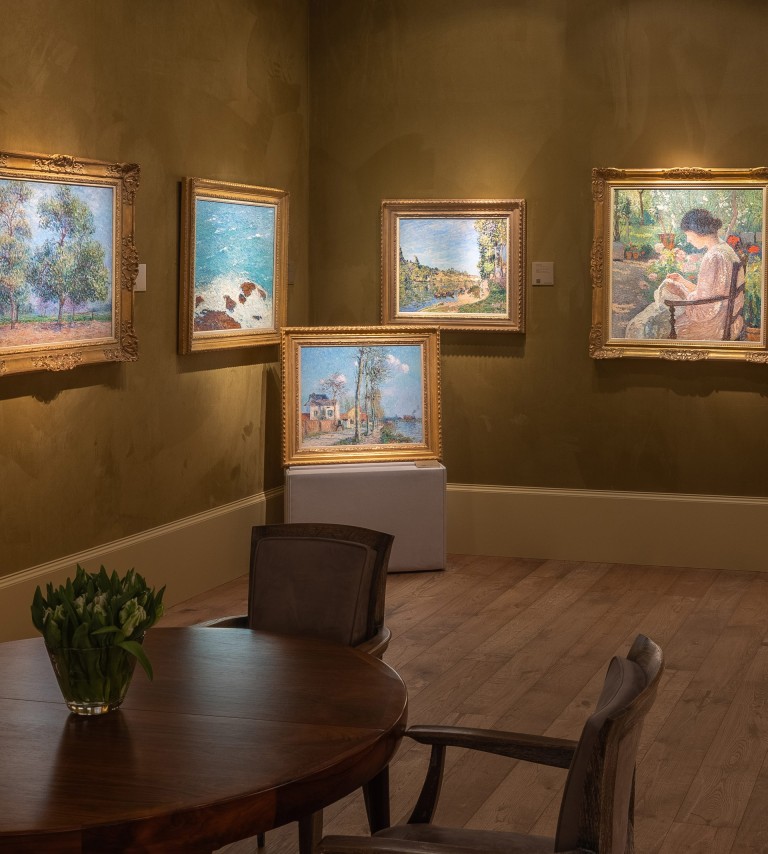
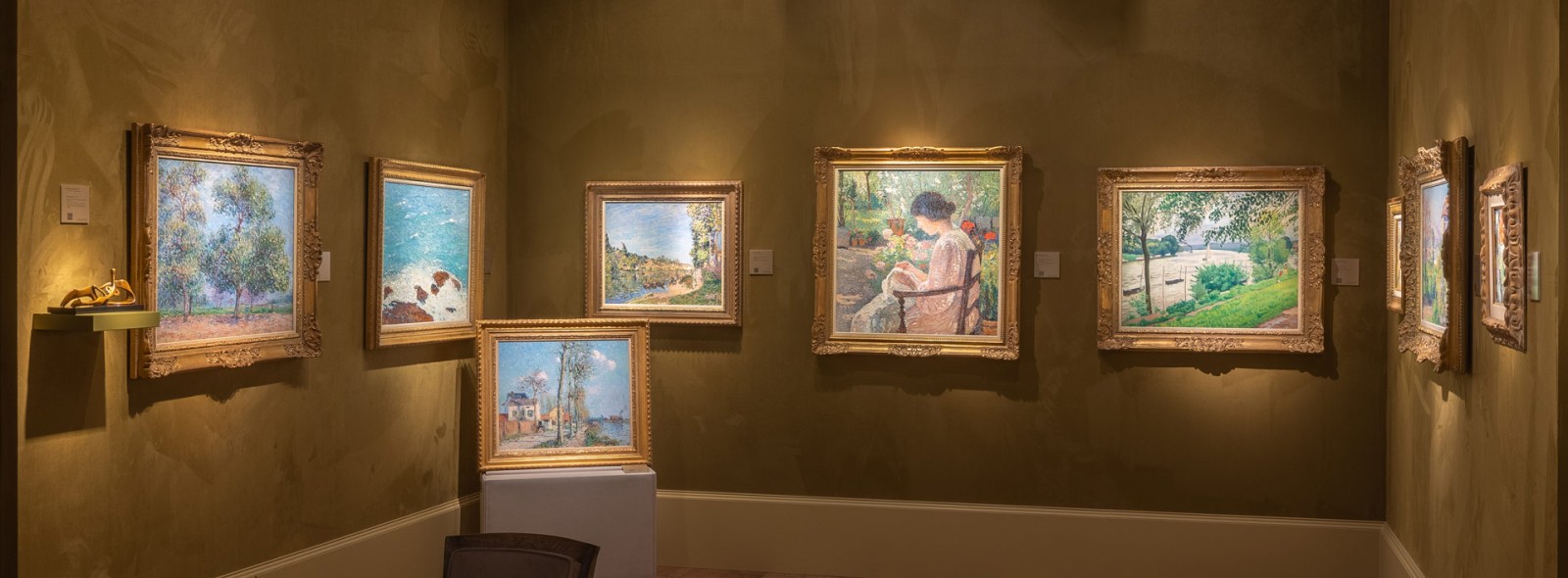
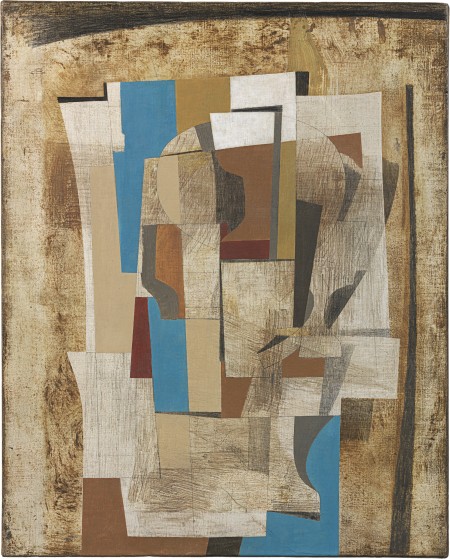
Treasure House Fair 2025 25 June - 1 July 2025
More infoOpening Hours
| Monday - Friday (Except Bank Holidays) |
10am - 6pm |
| Saturday | By appointment |
Location
Be the first to know about the latest news, stories, exhibitions, events and much more.
SubscribeWe use cookies to remember your favourite art work, settings, personalise content, improve website performance, analyse traffic and assist with our general marketing efforts. Learn more
Cookies are small text files that can be used by websites to improve your experience and to remember settings. The law requires that your consent is given for any cookies that are not strictly necessary for the operation of this website.
Necessary cookies are cookies that are required for the operation of this website.
Other cookies not strictly necessary for the operation of this website
Selecting this option will allow us to use cookies for marketing and analytics purposes. For example Google Analytics.

